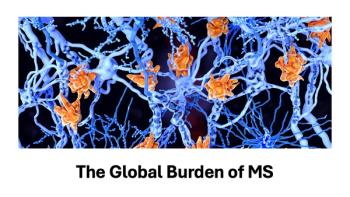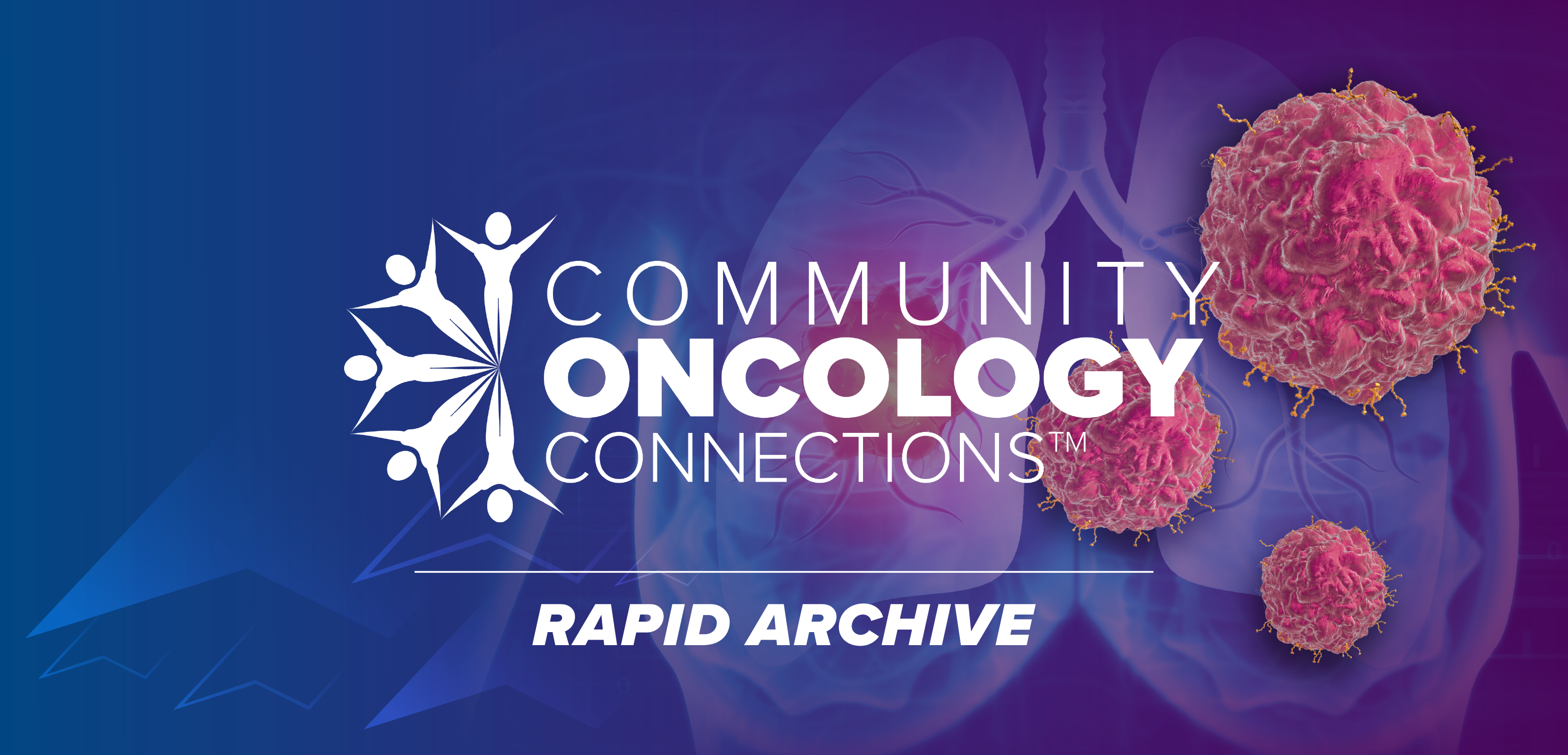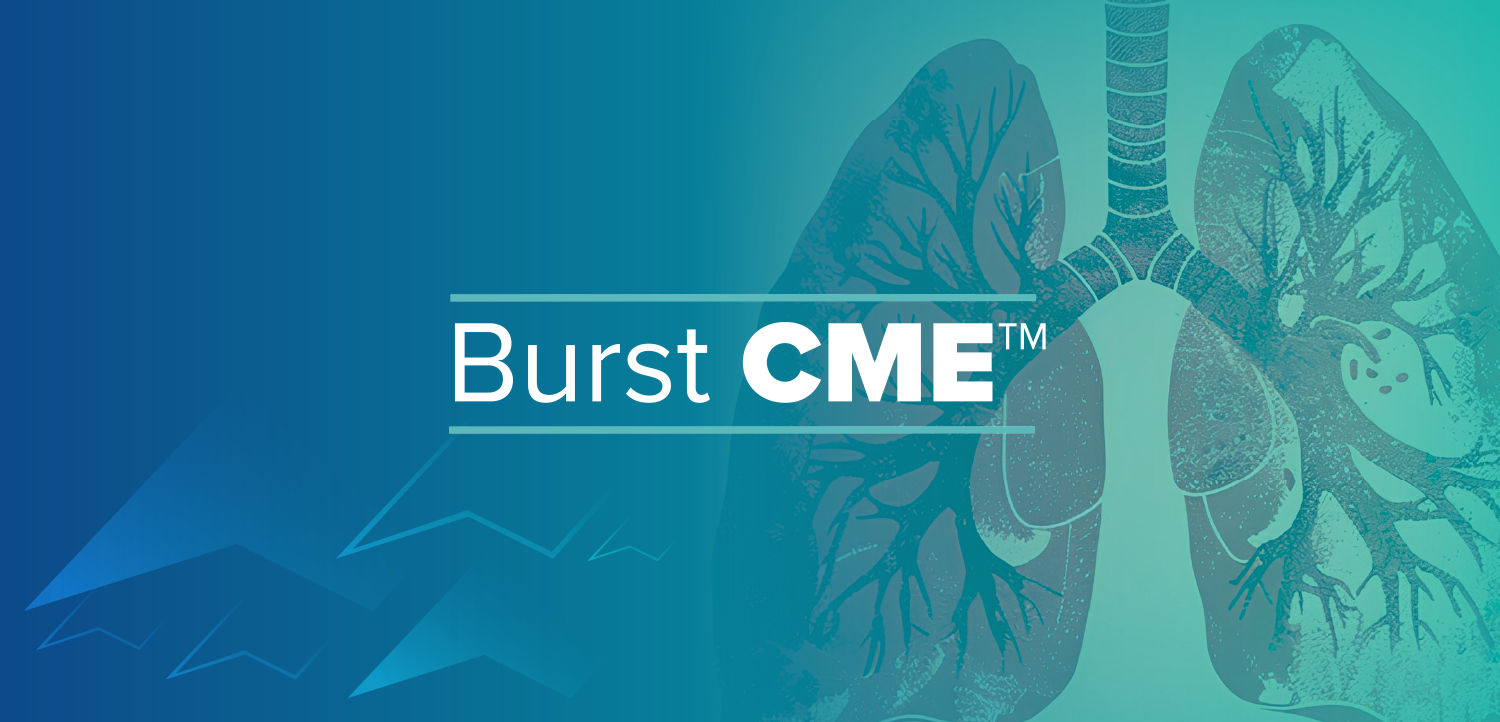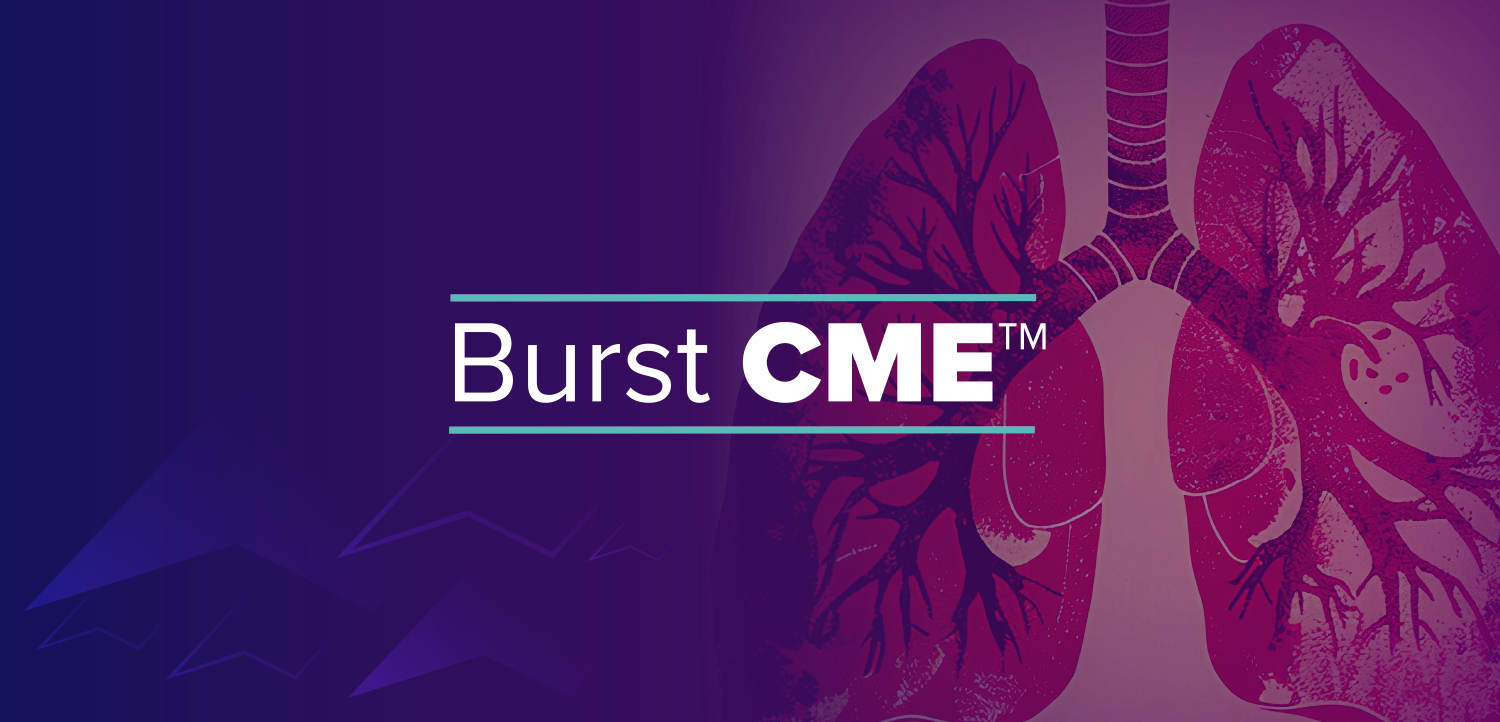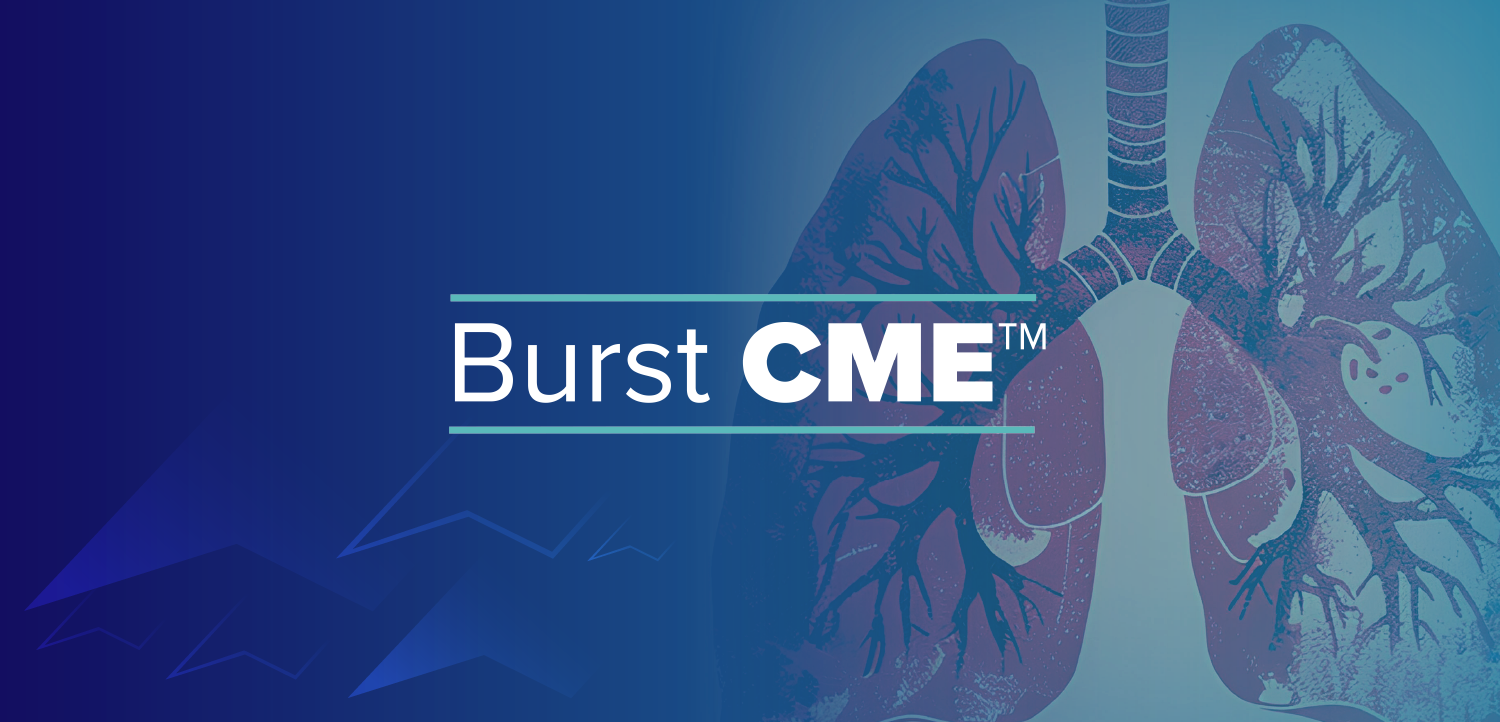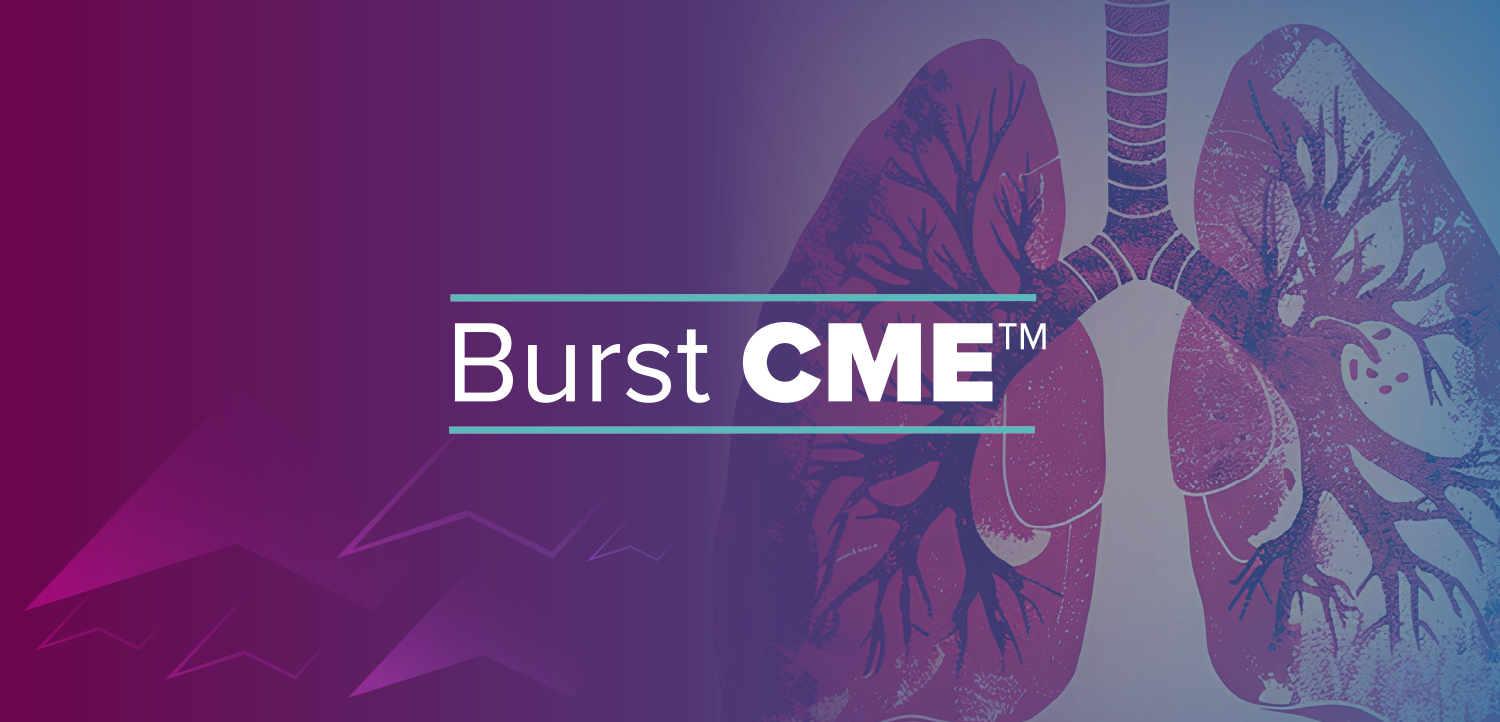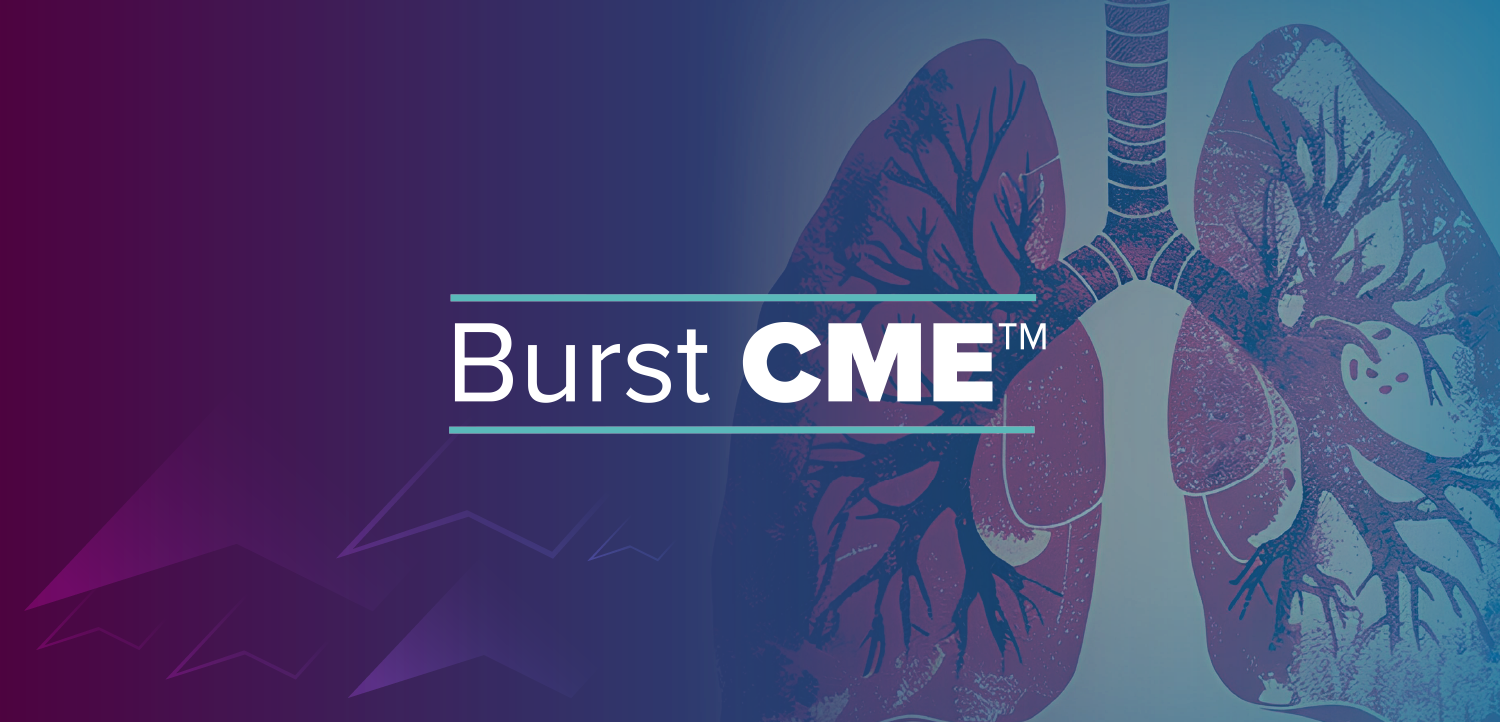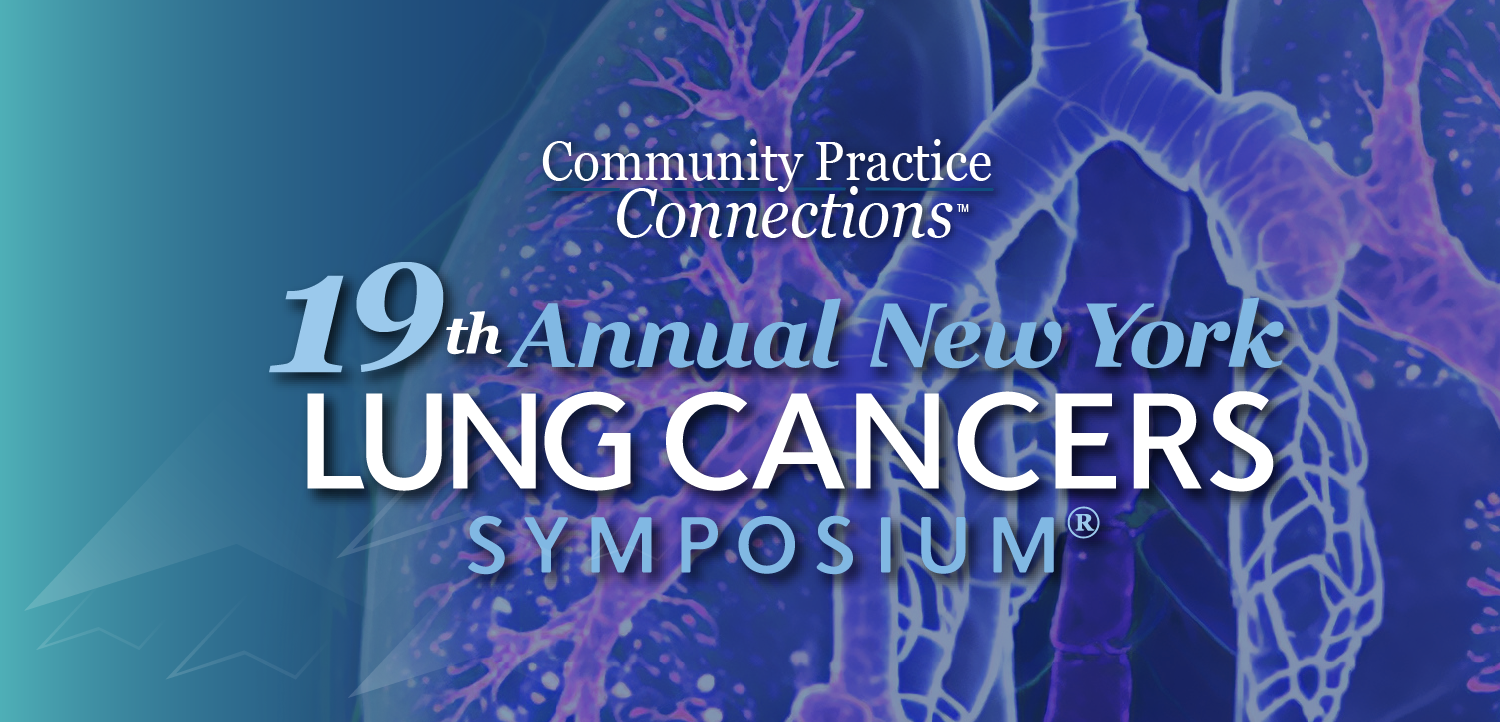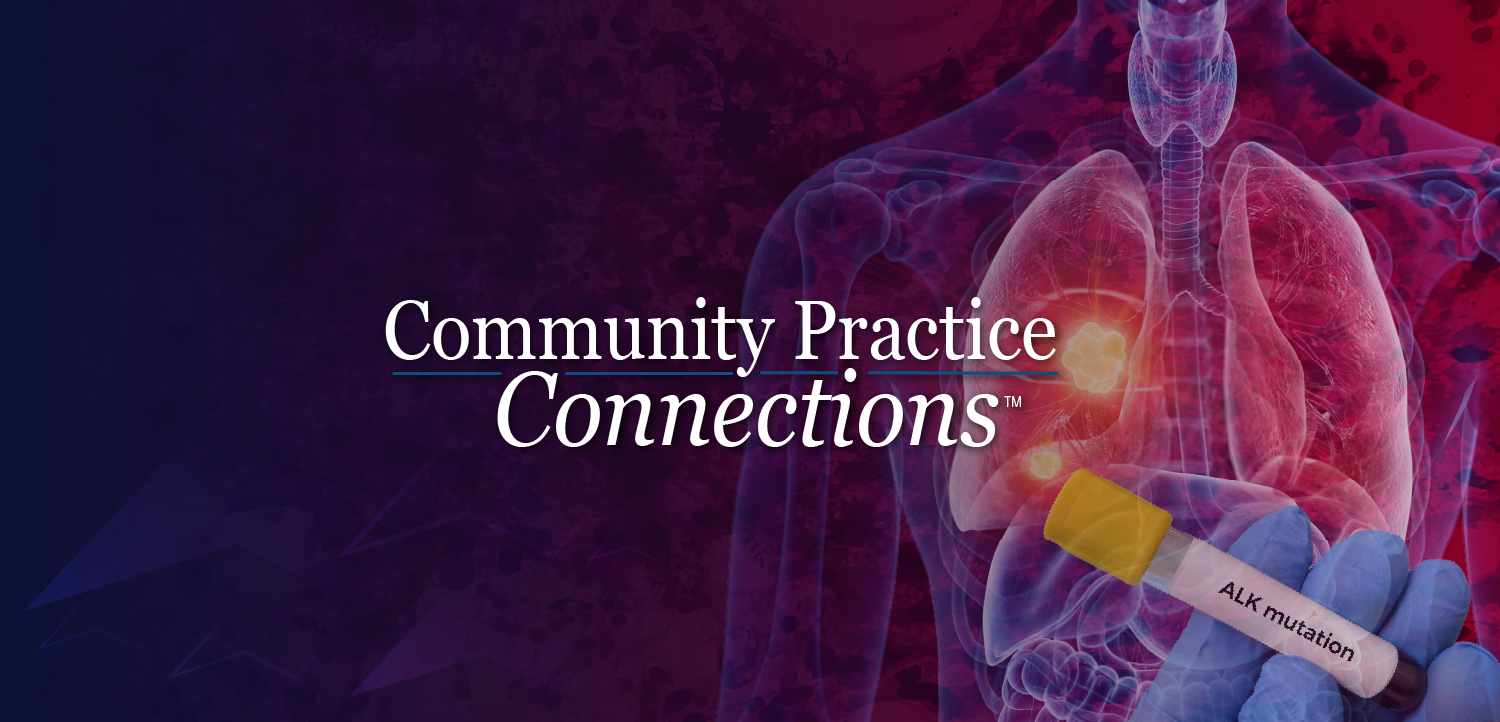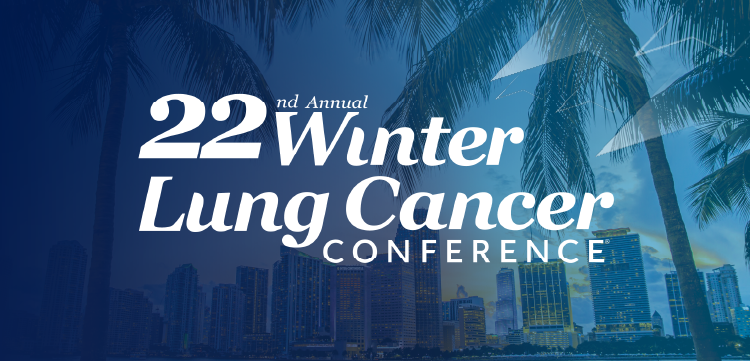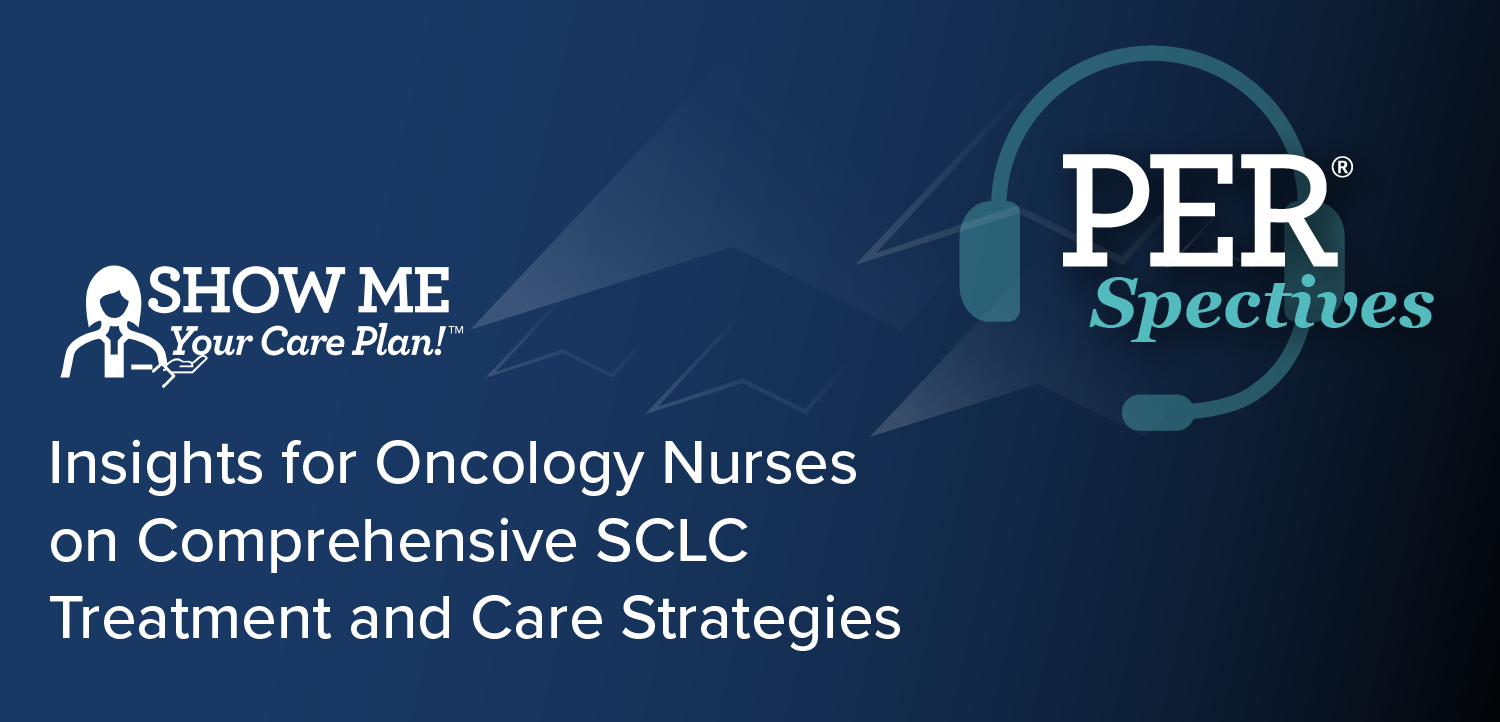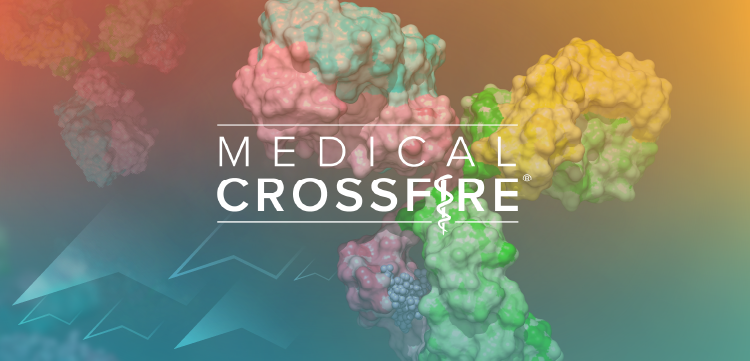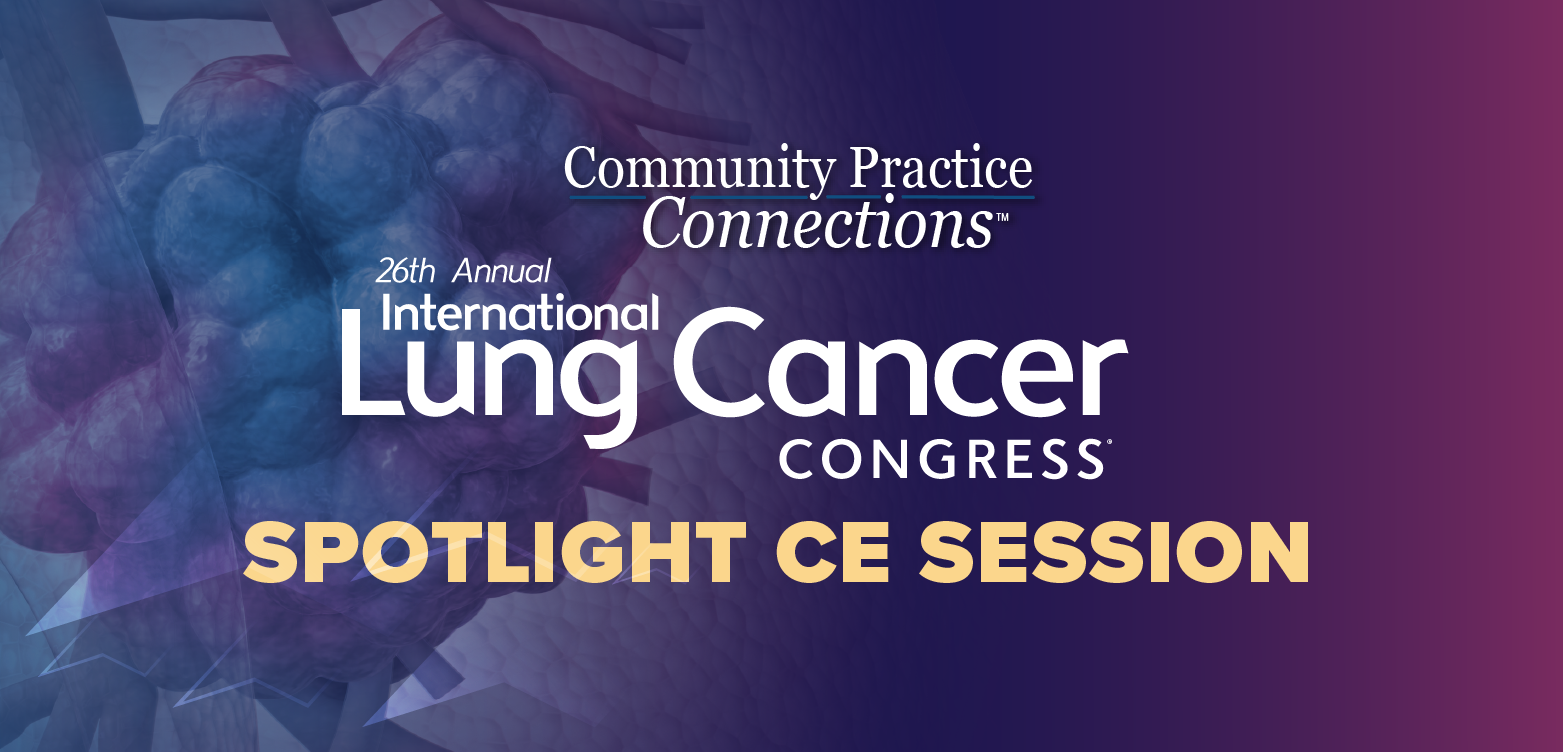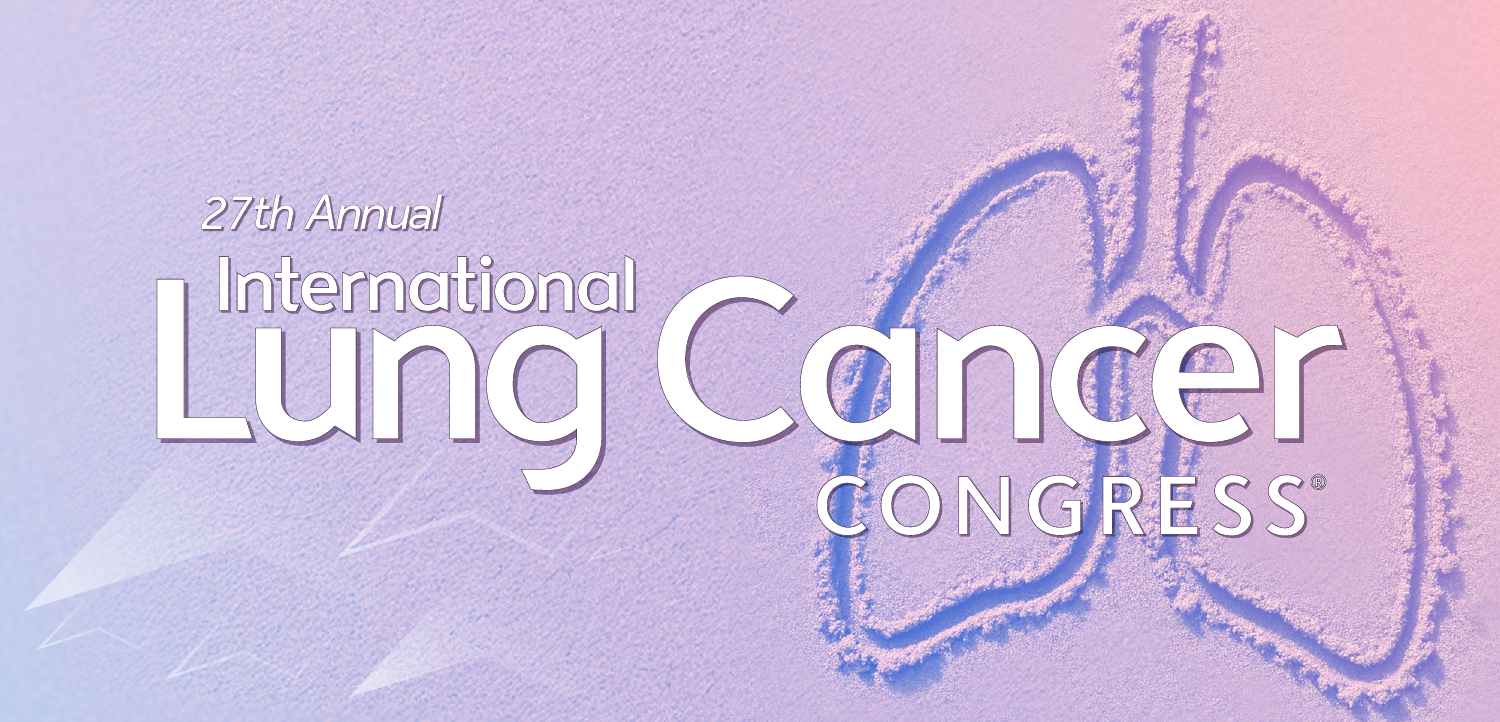
Report: Biosimilars Have Saved the Health Care System $9.8 Billion
Amgen’s Biosimilar Trend Report finds that biosimilars have been introduced at a price that is generally 15% to 37% lower than the reference product.
Competition created by biosimilars has saved the U.S. health care system $9.8 billion over the past five years, according to a Amgen’s
“The increasing availability and adoption of biosimilars means these treatments are delivering on the fundamental promise of reducing health care costs for payers, employers, and patients in the United States,” Jennifer Norton, vice president, head of U.S. value and access at Amgen, said in
Biosimilars for oncology therapeutics have seen strong growth. The five biosimilars of Herceptin (trastuzumab) and two biosimilars of Avastin (bevacizumab) account for nearly 70% of sales by volume. While the prices of all trastuzumab products have declined over time, biosimilar prices are now 24% to 45% lower than the reference product Herceptin’s average sales price. Two years after the first launch, the price of bevacizumab biosimilars is now 22% to 29% lower than the price of reference product Avastin.
The three biosimilars of Rituxan (rituximab) account for 55% of sales by volume. In less than two years after the first launch, the price of rituximab biosimilars is now 15% to 32% lower than the price of reference product.
In oncology supportive care, there are four biosimilars of Neulasta (pegfilgrastim). All four launched between a 33% to 37% discount to the reference product’s wholesale average cost. The two biosimilars to Neupogen (filgrastim), plus Granix (which was approved under a BLA before the biosimilar pathway was established, are now 56% to 64% lower than the reference product.
Other key takeaways from the report include:
- Since the first biosimilar entered the U.S. marketplace in 2015, 30 products have been approved and 21 products have been launched.
- The prices of biosimilars are decreasing at a compound annual growth rate of 9% to 19%. The prices of most reference products are decreasing at a compound annual growth rate of 4% to 17%.
- Biosimilars have the potential to reduce out-of-pocket spending by $238 million for patients in the nine biologic drug classes where biosimilars have been approved.
Newsletter
Get the latest industry news, event updates, and more from Managed healthcare Executive.

